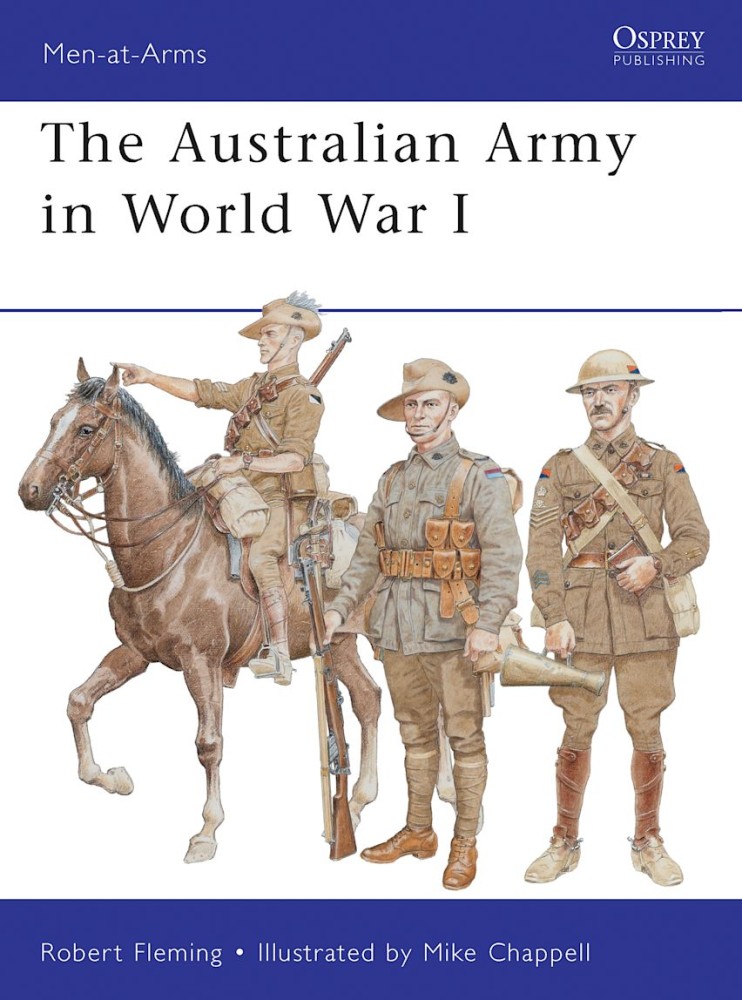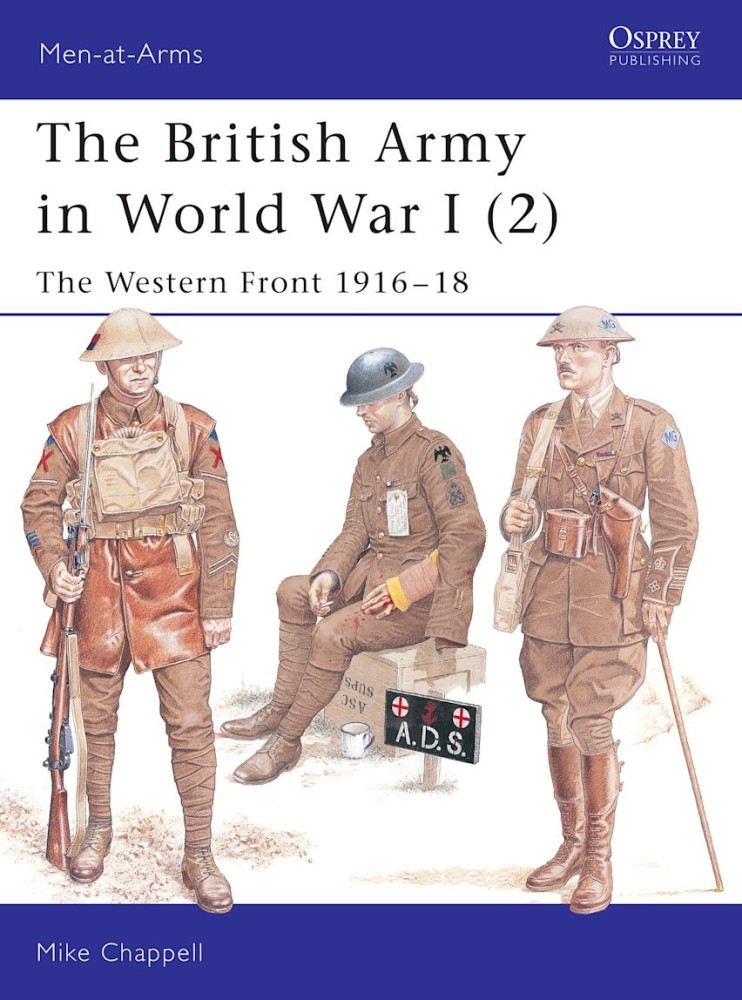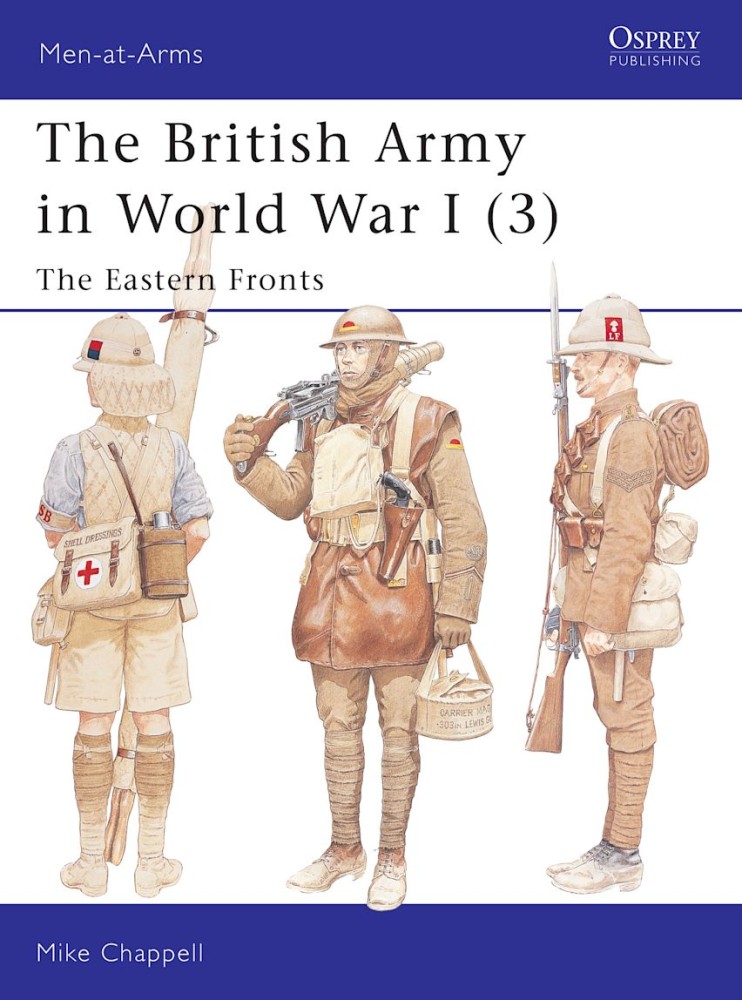The importance of the Australian contribution to the Allied war effort during World War I should never be underestimated. Some 400,000 Australians volunteered for active duty, an astonishing 13 per cent of the entire (white) male population, a number so great that the Australian government was never forced to rely on conscription. Casualties were an astonishing 52 per cent of all those who served, ensuring that the effects of the war would be felt long after the armistice. In particular, their epic endeavour at Gallipoli in 1915 was the nation's founding legend, and the ANZACs went on to distinguish themselves both on the Western Front and in General Allenby's great cavalry campaign against the Turks in the Middle East. Their uniforms and insignia were also significantly different from those of the British Army and provide the basis for a unique set of artwork plates.
In 1916, Britain was finally forced to introduce universal conscription to replace the terrible casualties suffered by the pre-war Regulars, the Territorials and the eager but unprepared volunteers of the 'New Armies'. In 1917 and 1918, the vastly expanded British Expeditionary Force became the most effective of all the combatant armies in France, its improved weapons and tactics forged in the furnaces of the Somme and the Ypres Salient. Shaken but resilient under Germany's last desperate offensive in spring 1918, it swept forward to final victory. This second of three titles charts its changing appearance in colourful detail.
Although Britain's greatest commitment of land forces was on the Western Front, British, Empire and Dominion troops also fought in other theatres of operations – and in some cases continued to fight there after the Armistice had ended hostilities in the West. This last of our series of three titles describes these far-flung campaigns, in Italy, the Balkans, the Middle East, several parts of Africa, Russia, China, and even the North-West Frontier of India. The text is illustrated with contemporary photographs, and with meticulous colour plates of British, African, Indian and Australian troops, in the uniforms and equipment used on battle fronts from the desert sands to the snows of north Russia.



